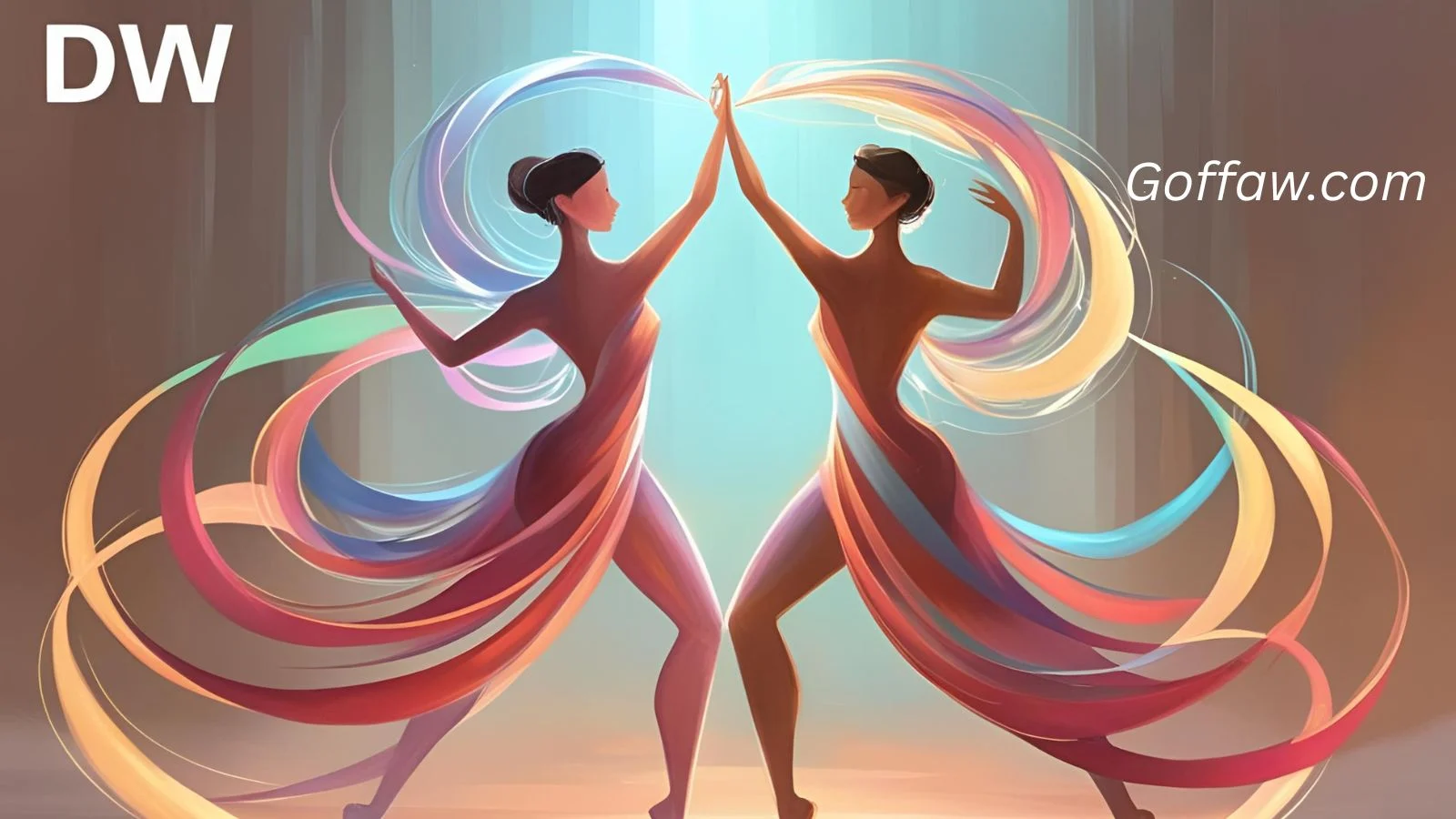When you’re texting with someone and they reply with “dw,” you might find yourself wondering—what does “dw” mean?
Whether you’re new to texting slang or simply want to improve your understanding of conversational abbreviations, you’re in the right place.
In this complete guide, we’ll break down the meaning of “dw,” explore when and how to use it, and give you 11 top-notch alternatives that work in casual, polite, or professional settings. Plus, we’ll help you understand the nuances of tone and context so you can pick the best phrase for every situation.
What Does “DW” Mean in Text?
“DW” stands for “Don’t Worry.”
It’s one of the many abbreviations that pop up in digital conversations, especially over text messages, social media, or online chats. Most often, it’s used to reassure someone, express comfort, or let them know that everything’s okay.
It’s short, informal, and fits perfectly in quick, casual exchanges—especially when you’re trying to ease tension or offer a little support without going into a long explanation.
Example:
Friend: “Sorry I couldn’t call last night.”
You: “dw! All good 😊”
When Should You Use “DW”?
The abbreviation “dw” is generally informal and works best in friendly, relaxed settings. Use it with:
- Friends
- Classmates
- Siblings
- Close colleagues (in casual communication)
You should avoid using “dw” in formal or professional communication, such as with your boss, clients, or in business emails. In those situations, you’ll want more polished, respectful language.
Tone & Context: Why They Matter
The tone of your message affects how the other person receives it. “dw” sounds laid-back and casual, so it might come off as too brief or even dismissive if you’re not careful—especially in sensitive situations.
Context also plays a huge role. If someone is genuinely upset, saying “dw” might seem like you’re brushing off their concerns. In those cases, a more empathetic and thoughtful response would be better.
Example of Poor Use:
Someone tells you about their stressful day and you just reply: “dw”
→ This can feel abrupt or unkind.
Better Alternative:
“Don’t worry, things will get better soon. I’m here if you need to talk.”
→ Feels warmer, more personal, and supportive.
11 Best Alternatives to “DW” Based on Tone and Context
To help you express “don’t worry” more appropriately depending on your situation, here are 11 polished, casual, and professional alternatives, complete with examples and explanations.
1. No Worries
Tone: Friendly, relaxed
Best For: Informal chats, casual settings
Example:
“No worries, take your time getting back to me!”
Why it works:
This is the most popular and widely accepted alternative. It’s friendly, flexible, and doesn’t feel overly casual like “dw.”
2. Don’t Worry About It
Tone: Neutral to warm
Best For: Everyday conversations
Example:
“Don’t worry about it, I totally understand.”
Why it works:
It’s the full version of “dw,” and feels complete and polite—perfect if you want to sound reassuring but still natural.
3. It’s All Good
Tone: Chill, informal
Best For: Messages with friends, social DMs
Example:
“It’s all good! Stuff happens 😊”
Why it works:
This gives off an easy-going vibe and adds a touch of kindness without sounding formal.
4. Not a Problem at All
Tone: Professional, polite
Best For: Work emails, client messages
Example:
“Not a problem at all—happy to help anytime!”
Why it works:
This version works in formal settings where “dw” would be inappropriate. It’s calm, courteous, and polished.
5. No Need to Stress
Tone: Supportive, encouraging
Best For: Friends, peers under pressure
Example:
“You’ve done a great job so far, no need to stress!”
Why it works:
A reassuring phrase when someone is overwhelmed. It shows understanding and empathy.
6. Don’t Sweat It
Tone: Casual, cool
Best For: Laid-back conversations
Example:
“Don’t sweat it, you’re doing just fine!”
Why it works:
This is an older slang version, but still widely used in informal speech. It sounds upbeat and friendly.
7. It’s Not a Big Deal
Tone: Neutral
Best For: Downplaying mistakes gently
Example:
“It’s really not a big deal, don’t stress over it.”
Why it works:
Helps ease tension and makes the other person feel less guilty about a situation.
8. Everything’s Under Control
Tone: Calm, confident
Best For: Professional updates or reassurance
Example:
“No worries—everything’s under control on our end.”
Why it works:
It projects competence and removes the burden of concern from the listener.
9. You’re Good
Tone: Informal, direct
Best For: Fast-paced texting, friends
Example:
“You’re good, no need to explain!”
Why it works:
It’s quick, easy, and conveys that you’re not upset or concerned.
10. I’ve Got This / We’ve Got This
Tone: Supportive, team-focused
Best For: Team chats, collaborative tasks
Example:
“Don’t worry, we’ve got this covered!”
Why it works:
Gives confidence to the other person and emphasizes teamwork and shared responsibility.
11. Take Your Time, No Pressure
Tone: Gentle, respectful
Best For: Calming someone down, showing patience
Example:
“Take your time, no pressure at all.”
Why it works:
Ideal when someone feels rushed or guilty. It shows compassion and patience—especially in professional settings.
Which Alternative Should You Choose?
Your choice of words depends on:
- The relationship you have with the person
- The formality of the context
- The emotions involved
Here’s a quick guide to help:
| Situation | Best Alternative |
|---|---|
| Chatting with friends | No worries, It’s all good |
| Apologizing to a coworker | Not a problem at all |
| Reassuring someone anxious | No need to stress, Take your time |
| Responding to a late reply | Don’t worry about it |
| A minor issue in a team project | Everything’s under control |
Avoid Overusing “DW”
Even though “dw” is a handy tool, try not to rely on it too much. Overusing it can:
- Make your messages sound lazy or dismissive
- Reduce emotional depth in conversations
- Confuse people unfamiliar with texting slang
Instead, diversify your vocabulary using the 11 examples we’ve outlined. It makes your communication more thoughtful and respectful—and helps avoid misunderstandings.
Closing Thoughts
The abbreviation “dw” means “don’t worry,” and while it’s a convenient way to express reassurance, it’s not always the best option—especially in professional or emotional conversations.
With these 11 meaningful and appropriate alternatives, you now have a wide range of ways to express support, kindness, and professionalism. Whether you’re texting your best friend or writing a work email, you’ll be able to respond with confidence and the right tone.
So next time someone says “sorry” or shares a concern, you’ll know exactly what to say—in a way that feels just right.




